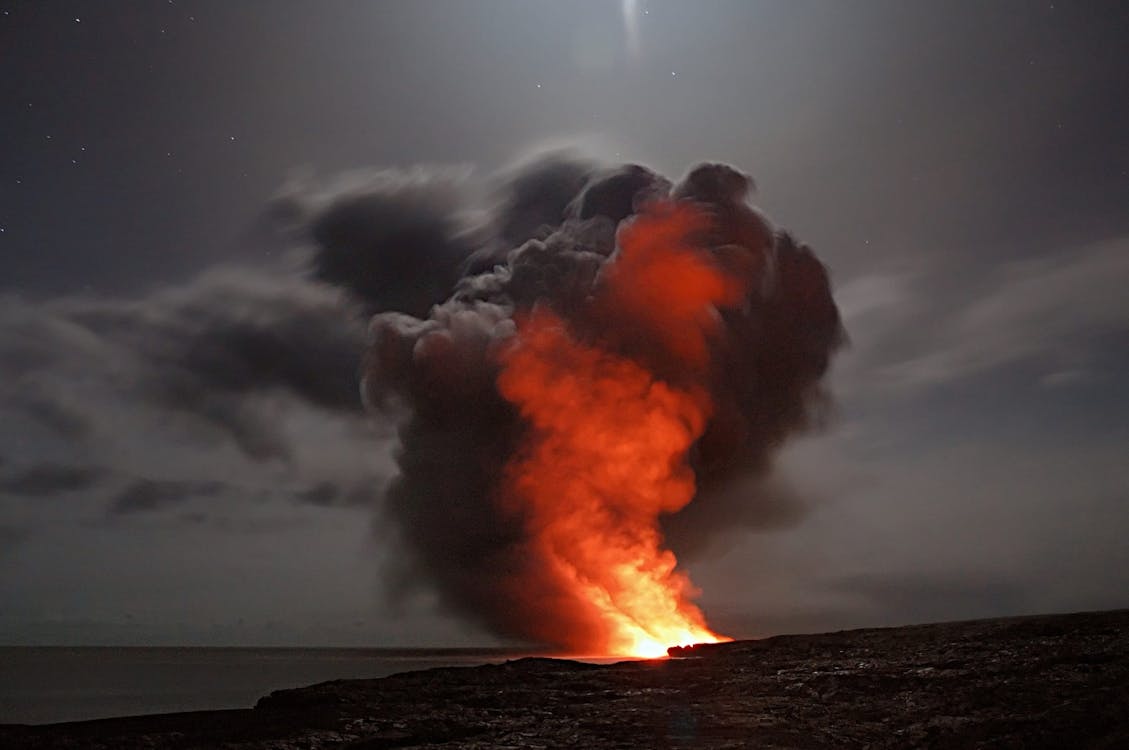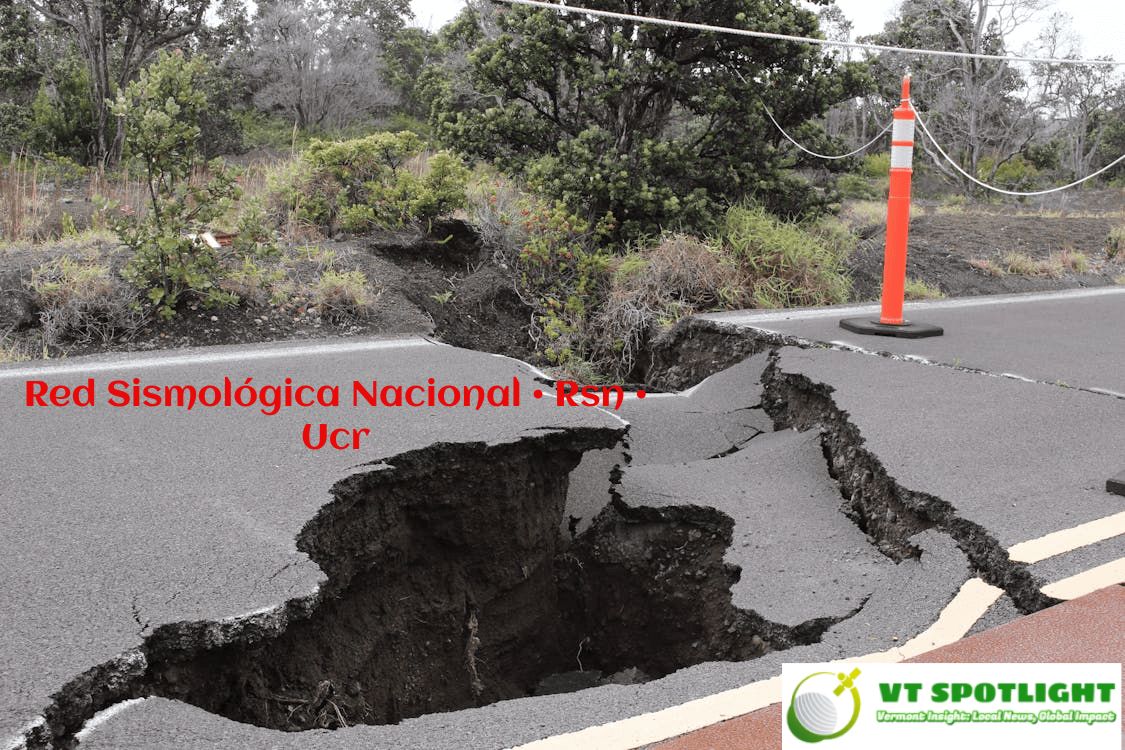Introduction
哥斯达黎加 (Costa Rica) 位于地震活跃的中美洲地区,拥有悠久的火山和地震历史 (悠久 = long and distinguished)。为了监测地震活动并减轻地震灾害风险,哥斯达黎加国家地震局 (Red Sismológica Nacional, RSN) 发挥着至关重要的作用 (发挥着至关重要的作用 = plays a vital role)。本文将深入探讨 RSN 的历史、组成、功能和重要性,让您全面了解这个保障哥斯达黎加安全的关键机构 (保障 = safeguard)。
RSN 的历史
RSN 成立于 1982 年,由哥斯达黎加大学 (Universidad de Costa Rica, UCR) 的中美洲地质学校和哥斯达黎加电力研究所 (Instituto Costarricense de Electricidad, ICE) 之间的一项协议促成 (促成 =促成达成,to bring about)。自成立以来,RSN 一直致力于通过地震监测、数据分析和公众宣传,为哥斯达黎加提供全面的地震安全保障 (致力于 = to be dedicated to)。
RSN 的组成
RSN 由遍布全国的 地震监测站网络 组成,这些监测站配备了 地震仪 (seismometers),可以持续记录地面轻微的振动 (振动 = vibration)。实时数据传输系统 将来自监测站的数据传输到 RSN 的中央数据处理中心,以便进行实时的地震活动监测和分析。RSN 还拥有一支由 地质学家 (geologists)、 地球物理学家 (geophysiccists)、 工程师 (engineers) 和 技术人员 (technicians) 组成的强大团队,他们负责监测地震活动、分析数据并发布地震信息。
RSN 的功能
RSN 的核心功能包括:
- 地震监测: RSN 24/7 实时监测哥斯达黎加的地震活动。地震仪器网络可以检测到最轻微的地震活动,并将其数据传输到中央数据处理中心进行分析。
- 地震定位: 当地震发生时,RSN 可以迅速确定震源的位置、震级和深度。这些信息对于评估地震的影响和发布及时准确的地震预警至关重要。
- 数据分析: RSN 的团队分析地震数据,以了解哥斯达黎加不同地区的地震活动模式,并识别潜在的地震危险区。
- 地震信息发布: RSN 会立即发布有关地震活动的信息,包括震级、震源位置和预计烈度。这些信息通过多种渠道传播,例如媒体、社交媒体和官方网站,以便公众及时采取预防措施。
- 公众宣传: RSN 开展公众宣传活动,旨在提高公众对地震的认识,并指导公众如何在地震发生时做好准备和保护自己。
RSN 的重要性
RSN 在保障哥斯达黎加人民生命财产安全方面发挥着不可或缺的作用。地震活动是哥斯达黎加的一个自然现实,RSN 的工作对于减轻地震灾害风险至关重要。通过监测地震活动、发布及时准确的地震预警信息以及开展公众宣传活动,RSN 可以帮助人们做好应对地震的准备,并最大限度地减少地震造成的损失。
RSN 的成就
自成立以来,RSN 取得了诸多成就,例如:
- 建立了覆盖全国的强大地震监测站网络。
- 开发了实时地震监测和分析系统。
- 提高了公众对地震的认识和防灾意识。
- 为政府部门制定地震应急预案提供重要数据支持。
- 开展了广泛的国际合作,交流地震监测和预警方面的经验。
展望未来
RSN 将继续致力于完善地震监测网络,提高地震预警的准确性和及时性,并加强公众宣传力度。随着科学技术的发展,RSN 将不断创新地震监测技术,为哥斯达黎加提供更全面的地震安全保障。
结论
RSN 是哥斯达黎加不可或缺的地震安全保障机构。通过其全面的地震监测、数据分析和公众宣传工作,RSN 为保障人民生命财产安全做出了巨大贡献。展望未来,RSN 将继续秉持其宗旨,为哥斯达黎加构建一个更安全、更具抵御地震灾害能力的国家。

Red Sismológica Nacional (RSN): Frequently Asked Questions (FAQs)
- What is the Red Sismológica Nacional (RSN)?
The RSN is the National Seismological Network of Costa Rica. It plays a vital role in safeguarding the country monitoring seismic activity, analyzing data, and promoting public awareness about earthquakes.
- When was the RSN founded?
The RSN was established in 1982 through a collaborative effort between the University of Costa Rica and the Costa Rican Electricity Institute.
- How does the RSN monitor earthquakes?
The RSN operates a network of seismological stations spread throughout Costa Rica. These stations are equipped with seismometers that continuously record even the slightest tremors in the ground.
- What happens when an earthquake strikes?
The RSN can rapidly determine the earthquake’s location, magnitude, and depth. This information is crucial for assessing the impact and issuing timely and accurate earthquake warnings.
- Does the RSN analyze earthquake data?
Yes, a dedicated team of geologists, geophysicists, engineers, and technicians analyze the seismic data collected the RSN. This analysis helps them understand earthquake patterns in different regions and identify potential seismic hazard zones.
- How does the RSN disseminate earthquake information?
The RSN promptly releases information about seismic activity through various channels, including media outlets, social media platforms, and their official website. This enables the public to take precautionary measures in a timely manner.
- Does the RSN educate the public about earthquakes?
Absolutely. The RSN actively engages in public education initiatives to raise awareness about earthquakes and guide people on how to prepare and protect themselves during an earthquake event.
- What are some of the RSN’s accomplishments?
The RSN boasts several achievements, including establishing a robust nationwide network of seismic stations, developing real-time earthquake monitoring and analysis systems, and fostering public understanding and preparedness for earthquakes.
- How does the RSN contribute to government efforts?
The RSN provides valuable data that supports government agencies in formulating earthquake emergency response plans.
- Does the RSN collaborate internationally?
Yes, the RSN actively participates in international collaborations to exchange knowledge and expertise in earthquake monitoring and early warning systems.
- What are the RSN’s future goals?
The RSN is committed to continuously improving its earthquake monitoring network, enhancing the accuracy and timeliness of earthquake warnings, and intensifying public education efforts.
- How will technological advancements impact the RSN?
The RSN embraces advancements in science and technology to innovate earthquake monitoring techniques, ultimately providing even more comprehensive earthquake safety measures for Costa Rica.
- Why is the RSN important for Costa Rica?
Earthquakes are a natural reality in Costa Rica. The RSN’s work is paramount in mitigating earthquake risks. By monitoring seismic activity, issuing timely warnings, and educating the public, the RSN empowers people to prepare for earthquakes and minimize potential damage.




